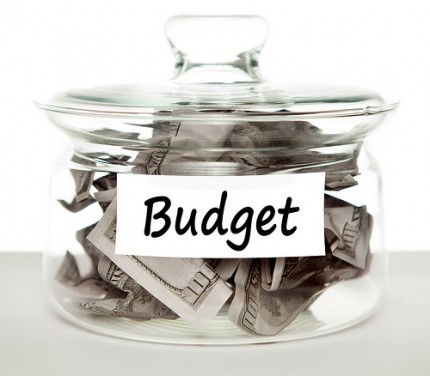Unless you have unlimited time and money, you’ll definitely want to give great thought to how you budget for home improvements. Prioritization is a big part of the process; there may be a lot of projects you want to tackle, but you should stop and ask yourself if they’re really necessary—and if you’d be better served by addressing other issues first.
Here are some simple ways you can create a budget that gives you the majority of what you want without spending too much money:
Save, Save, Save
In a perfect world, we would all have the self control to put away some money each month, but this isn’t a perfect world. When it comes to budgeting for home improvements and repairs, it’s advisable to open a savings account; most banks offer low-interest options, so it’s best to do some comparison shopping before deciding on a bank. Whichever bank you choose, after you decide on a monthly amount, deposit it at the same time you’re paying your mortgage. It’s a lot easier to set the money aside if you view it as another bill you need to pay each month.
Buy Used When Possible
We’re not saying to buy EVERYTHING from the thrift store, but it’s good in some cases. Think of all the money you’ll have to go toward your home improvement projects if you buy a used washing machine or television set. Sometimes, when we think of saving money, we automatically assume that making more is of greater importance than spending less.
Go the DIY Route
If you see something in your home that needs repair or improvement, you might assume you’ll need to call a pro. Put all those hours of HGTV-watching to good use—replace broken tiles, fix a leaky toilet, replace a light switch cover, install a new faucet, or put a ceiling fan in yourself, and save a bundle.
Estimate & Compare Costs
No matter how proficient you are in home repairs, there will inevitably come a time when you’ll need the help of a professional. Most of us don’t think to call in a pro until something goes wrong, but when we do, we often make snap decisions that come back to bite us later. If your roof is leaking or a water pipe has burst, that’s a definite problem, but in most cases, the matter doesn’t need immediate attention. If you’ve worked with a contractor before and you know they’re trustworthy, go ahead and hire them again, but if not, take the time to get some recommendations, make a few phone calls and compare quotes so you get a fair deal.
Set Priorities
Sure, ripping up your carpet and installing tile or hardwood sounds wonderful, but that doesn’t mean you actually need it. Your refrigerator might be older than you’d like, but if you’ve recently moved or bought a vehicle, it might not be the best time to make such a purchase. Just like buying a car or shopping for shoes, there are times we just want something new—but if you really can’t afford it, you’ll end up paying for it in more ways than one. Deal with your “needs” first, then budget wisely for your “wants”. Waiting until you can really afford something will make the feeling of buying it that much more satisfying.
In order to make your estimations as accurate as possible, it’s important to go into as much detail as you can and include every aspect of the improvement, no matter how small or insignificant it may seem. Additionally, it’s always a wise idea to include some contingency money as part of your budget, just in case!
Article submitted by A. Elliott; a writer with an interest in interior design and home improvement, she occasionally writes for Vibrant Doors, leading suppliers in the UK of interior and exterior doors.
Photo courtesy of Tax Credits




